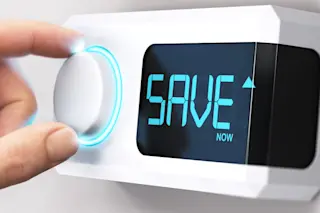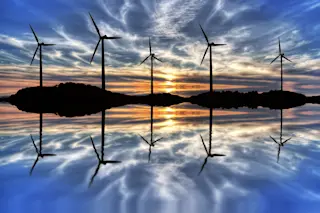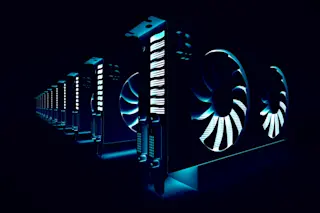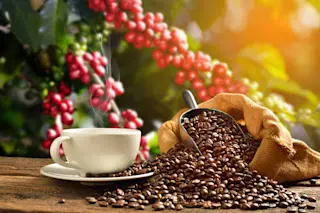Scientists may have found a way to generate environmentally friendly paper from poop—cow and elephant poop that is. Although this may seem strange and unconventional, this poo-per actually offers a more simple and sustainable alternative to the traditional, resource-intense papermaking process.
The cows and elephants streamline the papermaking operation by taking up a good chunk of the pre-processing duty in their digestive system.
In traditional paper production, non-wood pulp and wood pulp tend to undergo various chemical and mechanical processes to produce paper. There have been a lot of positive changes with improving and recovering recycled materials. However, it’s still not as efficient and environmentally sustainable as hoped. Enter manure.
Andrew Bismarck, a PhD at the University of Vienna, Austria noticed that goat manure was comprised of partially digested plant matter, which he hypothesized must contain cellulose.
Cellulose is an important component of paper. Typically, a lot of processing has ...














